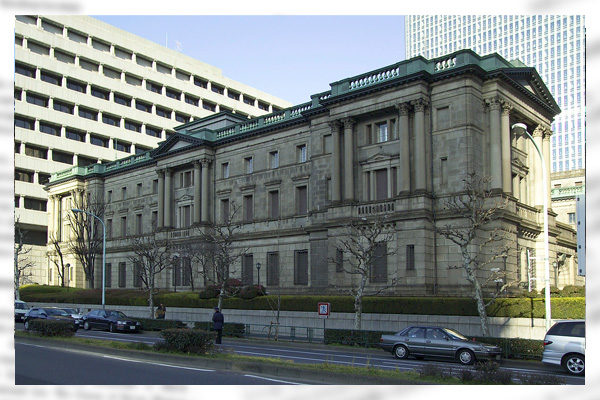The Bank of Japan (BOJ) under Governor Kazuo Ueda is losing ground to market speculators, mainly foreign investors. If the central bank continues to follow the market, the yen’s rapid depreciation and interest rate hikes could cause the economy on a recovery trend to slow down. The Ueda-led BOJ should demonstrate that it is unfazed by market speculators.
Speculators taking advantage of BOJ weakness
Speculators are eyeing the BOJ’s so-called yield curve control (YCC) policy that started in September 2016. The policy, designed to induce and stabilize long-term interest rates at low levels, had been free from any major turbulence until Russia’s invasion of Ukraine last year. Since energy price spikes and global inflation concerns prompted the U.S. Federal Reserve Board (FRB) to raise interest rates substantially and continuously, however, the situation has turned around. Yen selling and dollar buying have grown due to the expected expansion of a gap between Japanese and U.S. interest rates, with Japanese government bonds coming under selling pressure.
In December last year, then BOJ Governor Haruhiko Kuroda had to raise a cap on the 10-year Japanese government bond yield as the benchmark long-term interest rate from 0.25% to 0.5%. In April this year, Ueda took office as BOJ governor and vowed to continue large-scale monetary easing, leading market speculation to fade away temporarily. As Ueda’s remarks began to waver later under the pressure of economic media reports on potential modifications to the YCC policy, however, speculation came back to life. When the BOJ raised the benchmark long-term interest rate cap to 1% on July 28, economic media reports focused on a potential end to the YCC policy. The BOJ, cornered by the market, revised the long-term interest rate cap of 1% to a ‘target’ at the policy meeting on October 31, effectively tolerating the interest rate to rise above 1%.
The size of the Japanese government bond (JGB) market is huge. JGB trading volume in September came to 3,929 trillion yen, of which foreigners accounted for more than 43%, or 1,696 trillion yen, overwhelming Japanese institutional investors such as megabanks and life and non-life insurance companies. In addition to the long-term government bond speculation, foreigners are also engaging in yen speculation using short-term government bonds. The yen’s global trading volume surpasses 5,000 trillion yen per month, compared with a year-on-year increase limited to 50-60 trillion yen in government bond purchases by the BOJ. The central bank’s government bond purchases fall short of countering speculative selling. The BOJ, which is behind the market, is having its weak spot taken advantage of.
Don’t be fazed by the weak yen
What should the BOJ do? If the BOJ is well expected to intervene in the market, speculators will bet, seeing that the risk of loss is low. So, it may be recommendable for the BOJ to boldly and occasionally leave the long-term interest rate to fluctuate while adhering to the basic policy of large-scale monetary easing. If it is ensured that the FRB will stop raising interest rates, the tide of speculation may recede.
The BOJ should remain unfazed by the weakening yen. Japan, the world’s largest creditor nation, has seen a significant increase in its overseas assets and in earnings mainly in the manufacturing industry under the weakening yen. If this leads to wage increases and investment in Japan, there is no doubt that deflation will be overcome.
Hideo Tamura is a Planning Committee member at the Japan Institute for National Fundamentals and a columnist for the Sankei Shimbun newspaper.


